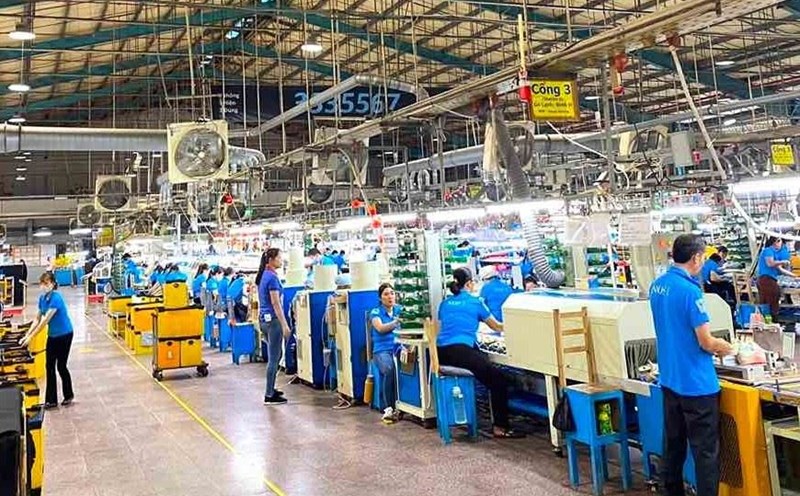For many years, trade unions at all levels across the country have persistently innovated the content and methods of operation in a proactive, close, practical direction and accompanied workers from the very first days in the working environment.
That movement is now reaping clear sweet fruits. The voluntary joining of workers in the Trade Union right after signing an official labor contract is no longer an isolated phenomenon, but is gradually becoming a new cultural trend in enterprises and production areas across the country.
What makes the attraction of the Trade Union today is not the slogans, but the concrete, practical and felt value. It is a healthy collective environment, where the voices of workers are listened to; an increasingly diverse welfare system, from legal support to caring for material and spiritual life...
More importantly, the strong participation of trade unions at all levels in developing union members does not only come from the requirements of the task, but also from the clear awareness that: Without a strong trade union organization, it is impossible to build harmonious, progressive and sustainable labor relations. That is a necessary condition, not only to retain workers in the context of increasingly flexible labor migration, but also a sufficient condition for businesses to develop stably and long-term.
Along with the development of the economy, the requirement for a fair, humane and transparent working environment is increasingly being raised. Workers not only seek income, but also seek peace of mind, respect and a voice in the enterprise. And the Trade Union, from its practical activities, shows that it is an organization that meets that need.
In particular, innovations in organizational work, from digitalizing activities, improving admission procedures, to flexible care models, etc., are also contributing significantly to bringing the Trade Union closer to new-generation workers, who have high requirements for transparency, efficiency and proactiveness.
The strong development of union members in recent times in many localities also shows: When workers see the Union having the ability to accompany, have specific actions, and have practical value, they will not hesitate to join. When the Trade Union plays its role well, the spread will naturally take place, and mobilizing to join the organization will also become easier.
With this momentum, we have every basis to believe that the goal of developing union members in 2025 and beyond will not only be an assigned task, but will become an independent movement, spreading the attraction of the quality of activities and close support of the Trade Union organization.











